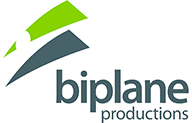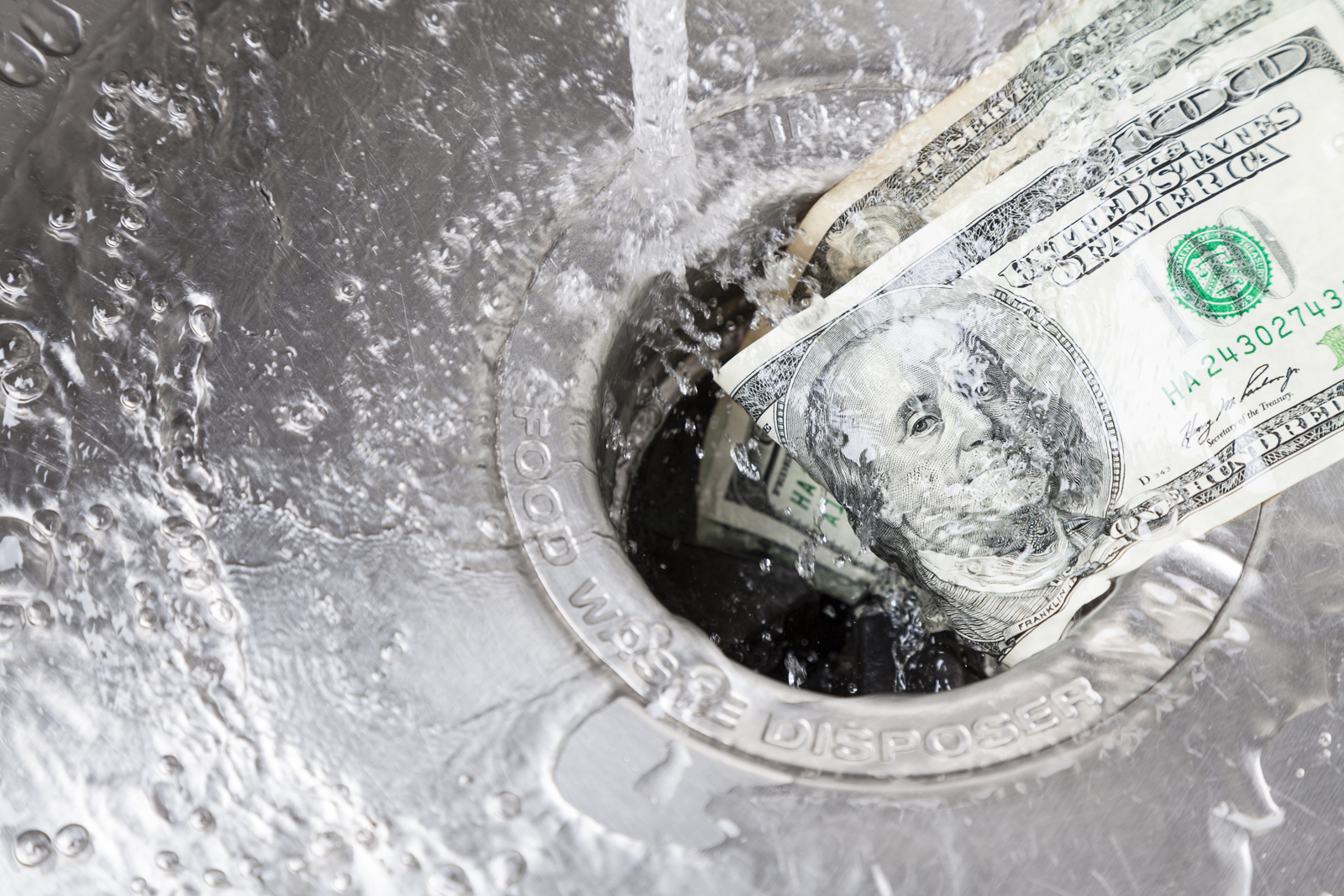193: The Right Marketing Questions at the Wrong Time
I need to get better at asking questions of my clients earlier in the advertising process. Sadly, I often struggle to focus on the marketing strategy instead of billable tasks.
I can’t tell you how many times I’ve gotten a direct mail piece designed for a client and then asked them for the mailing list—only to learn that they do they not have a mailing list and don’t know to whom they will mail it. Or right before I dive into some Facebook ads, I’ve realized I forgot to ask, “Who do you want to target?”
I’m apparently not alone in my absentmindedness, because a common response is: “I don’t know. What do you think?”
On the times when I’m actually on my marketing game early in the process, I’ve asked the auctioneer, “Who’s our buyer? What’s our prospect profile?”
“Well, I was hoping you could help me with that.”
Mind you, this is after the auction contract was signed. That means auctioneers are booking deals in new asset and/or geographic markets without knowing who their prospects are, let alone which media they need (and in what proportion) to reach targeted potential buyers.
The problem with this tardiness is that the buyer determines the advertising campaign.
The prospect guides where we have to advertise—in terms of both media type and geographic area. That profile dictates what kind of impression we need to make, and that (along with asset value) governs the budget.
So, how is it that so many auctions are booked and budgets are set before anyone asks, “Who is the buyer?”

Some of it might be too much trust in “the sound that sells”—the idea that auctions in and of themselves get stuff sold, regardless of asset. While an auction is a great vehicle for transactions of a myriad of items, there is no auction without bidders. So, the most important part of the auction marketing process is the attraction and accumulation of bidders.
To do that, we have to stop thinking like auctioneers or real estate agents or salespeople—or graphic designers. We have to get into the heads of the people who would want what we’re selling. Often, that’s the most difficult part of the process—for both my auctioneers and their advertising vendor. If we personally wouldn’t buy that asset, we have to research who would. We need to have a good idea what they need, and what motivates them.
Why would someone want farm equipment with this age and these hours?
Do hunters check their Facebook during hunting season? (And when is deer season where this land is?)
What kind of consumer is looking for an unfinished condo unit?
Where do subdivision developers search for new opportunities?
How far would someone travel to purchase from an on-site estate auction or pick up from an online auction?
What would convince a real estate investor to buy farmland instead of residential properties?
How much disposable income would someone need to purchase this asset?
For what other industries could this commercial equipment or real estate be used?
Are we building any media only to impress the seller instead of buyers?
These questions speak to buyer motive, media mix, and targeting options. Their answers help us write headlines and select demographic criteria. The followup questions to the examples above would further focus our advertising and make our budget more efficient—even if it means spending more money on fewer people to attract an action from them.
It doesn’t cost you money to ask these questions.
In fact, it might cost you significant money if you don’t ask these questions—especially if you don’t ask them before you sign the auction contract. Save yourself some headaches. Take the prescription four out of five TV doctors recommend: ask two of these questions, and then email your advertising vendors in the morning.
—
Stock image purchased from iStockPhoto.com




